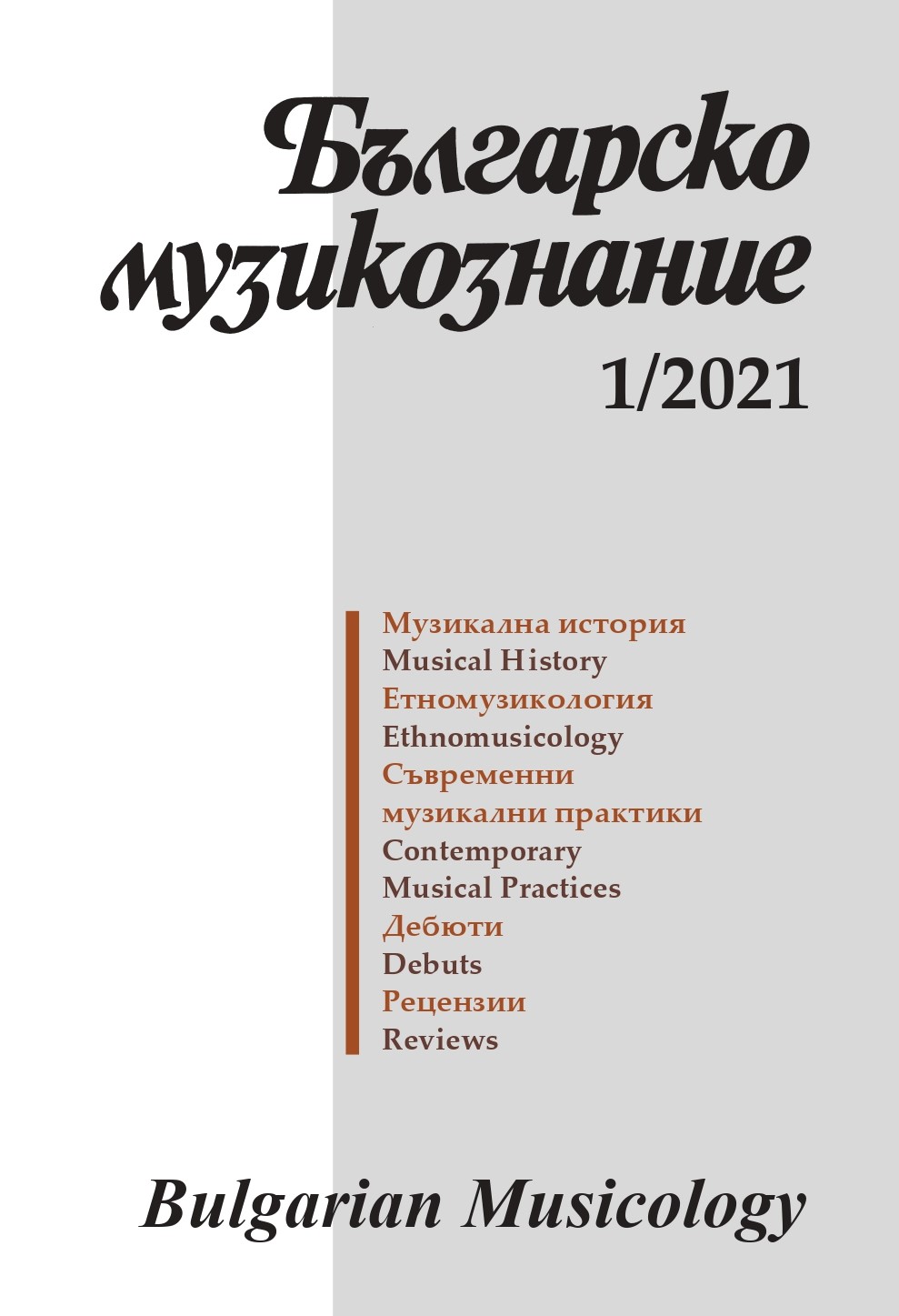Танцовата практика през XVI век и музиката за лютня
Dance Practice in the 16th Century and Lute Music
Author(s): Yavor GenovSubject(s): History, Fine Arts / Performing Arts, Music, Modern Age, 16th Century, History of Art
Published by: Институт за изследване на изкуствата, Българска академия на науките
Summary/Abstract: Dance pieces emerged as one of the three main instrumental genres of the 16th century. It is perhaps no coincidence that both instrumental music and choreography simultaneously gained and developed their status as independent arts on the basis of their own authoritative figures, theoretical grounds and codes. Dance music consists of that part of the repertory which is in closest relation to its primary function, namely providing dancers with rhythmical, melodic and general structural framework. The same framework, on the other hand, gave instrumentalists good opportunities to explore and experiment with their compositional, improvisational and technical skills and limits. In the 16th century certain sets of instrumental pieces based on dance forms appeared. They played a crucial role in the development of the repertory over the following 17th and 18th centuries. Did these forms still keep their initial relation to dancing or did they rather change into stylized pieces with completely different functions? The present survey aims to shed light on the problems of when and how dance music became “purely” instrumental and separated from its initial role, and the extent to which dance and music kept their close interaction in the 16th century. In the search for answers the paper attempts to contextualize the two processes and practices by means of delineating their social functions and roles in the period and by relying on the testimonies of leading authorities on dance art during that time.
Journal: Българско музикознание
- Issue Year: 2021
- Issue No: 1
- Page Range: 31-48
- Page Count: 18
- Language: Bulgarian
- Content File-PDF

